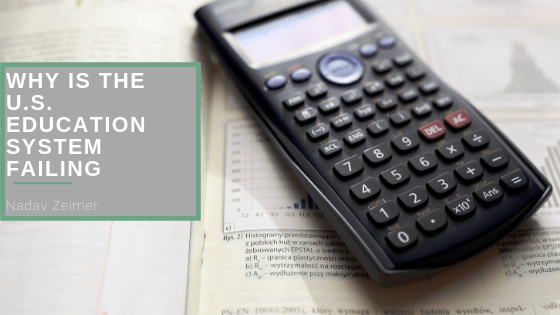The United States spends on average $16,268 a year on each student. The global average is $10,759. Spending so much money on each student may make it seem like the U.S. is offering a better quality of education, but that assumption would be wrong. In fact, American students consistently fall behind their peers in other countries. The average Singaporean student is 3.5 years ahead of U.S. counterparts in math, 2.5 in science and 1.5 in reading.
The Organization for Economic Cooperation and Development (OECD) uses an international standard for measuring educational success, the Program for International Student Assessment (Pisa). The test is conducted every three years to assess students’ math, reading and science knowledge, and the United States consistently underperforms. Income inequality does play a large role in the low scores from the U.S. America falls behind other countries in the education of lower-income students. While that is one reason for the failing system, it’s not the only one.
On average, teachers in the United States make only 68 percent of what other university-educated workers make. College students aren’t attracted to the profession for a variety of reasons, low pay being only one. Around the world, some of the most successful school systems view schools as a more professional entity and treat the recruitment and development of qualified teachers as essential to the success of the education system.
Canada has made some of these changes to their system as well when revamping its teacher training. Training was lengthened, and the number of available spots was reduced to increase the quality of the program. Nationally, they focus on personalized learning, high standards and flexibility.
In Finland, the 2016 acceptance rate for the University of Helsinki’s teacher education program was 6.8 percent. The acceptance rate for medical school was 7.3 percent, and the law program had an 8.3 percent acceptance rate. In addition to rigorous training for teachers, Finland evaluates their education plan every four years to ensure that it still fits the needs of the country.
Countries that are leading the way in education have a higher respect for the education profession. Teachers are given more responsibilities and are encouraged to be leaders in the field of educational reform. Education programs are focused on making teachers better researchers and innovators in education, not just someone who delivers the pre-picked curriculum. More people want to become teachers in these countries because it’s an attractive and well-respected profession.
